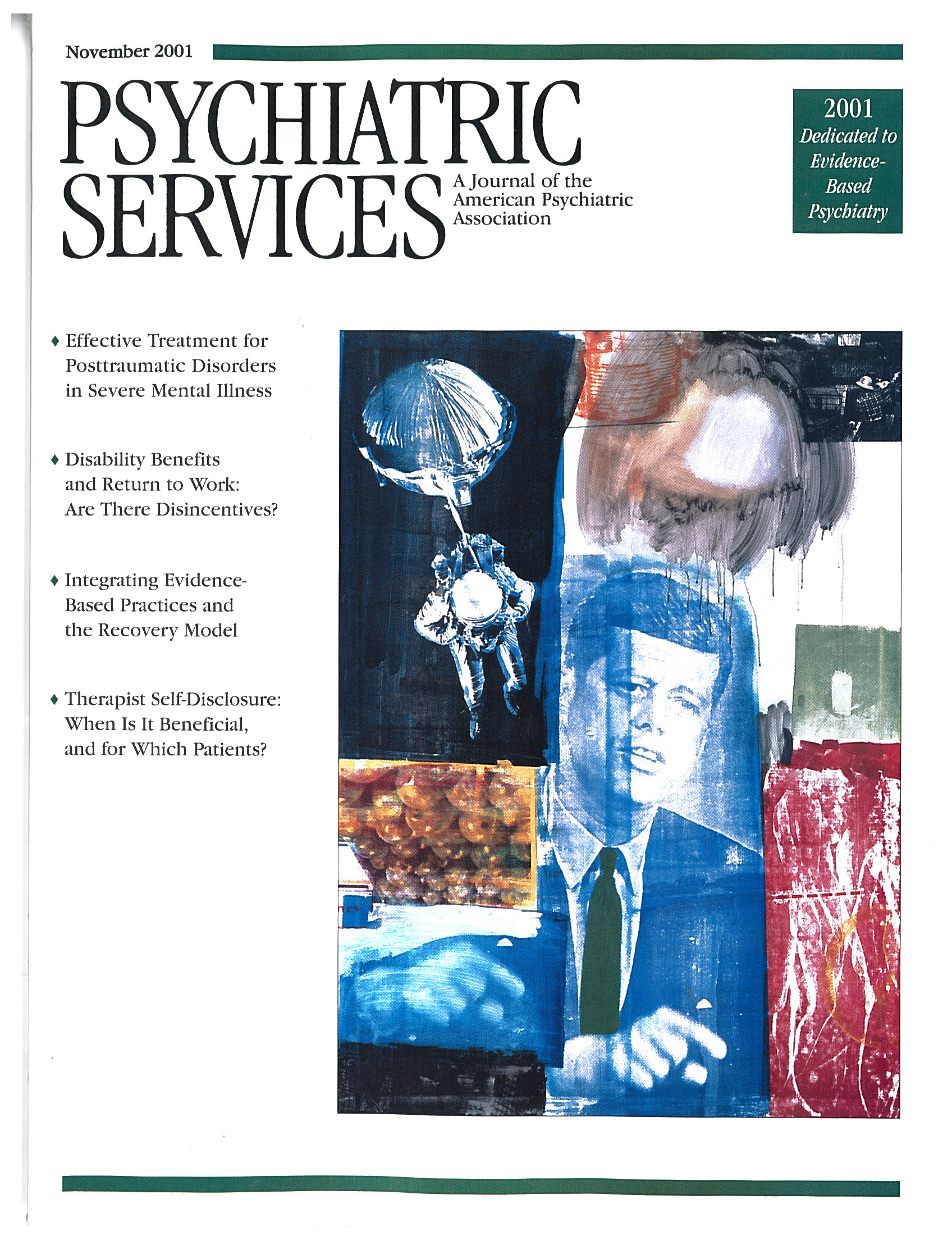McLean and Woody's Anxiety Disorders in Adults provides clinicians both an overview of and an appreciation for evidence-based treatment of anxiety disorders. Their experience as researchers and practitioners is apparent throughout the book. The text is clearly written and accessible to a broad range of professionals. However, it is focused primarily on psychotherapeutic approaches, so readers who are seeking information about the pharmacologic treatment of anxiety will most likely do better with another text.
Critics of evidence-based approaches note that psychotherapy manuals are not designed for "typical" patients—those who have multiple comorbid diagnoses and who do not meet criteria for inclusion in a clinical trial. The authors do not disagree with this observation. However, they underscore the need for clinicians to integrate the applicable research literature into their practice. For example, the authors emphasize the need for clinicians to evaluate treatment progress and outcome, and they include in their book copies of several measures to facilitate this process.
McLean and Woody correctly observe that a large body of research supports cognitive-behavioral treatment of anxiety disorders. Clinicians who are trained in other approaches may be less than enthusiastic about yet another text touting this approach. Although the authors emphasize evidence that supports cognitive-behavioral treatment, they also note areas in which the empirical data are limited.
For the clinician who has no training in cognitive-behavioral treatment or the novice practitioner, this text offers an overview of basic skills and examples to illustrate clinical issues. The authors note that in order to become an effective practitioner of cognitive-behavioral treatment, supervised training is necessary and that their text does not provide sufficient information for the uninitiated reader to become a highly skilled therapist.
The text also includes chapters that focus on what is meant by evidence-based practice, the nature of anxiety and the various models that contribute to our understanding of anxiety disorders, and how standards of care can be developed. Appendices provide a selection of instruments that clinicians may find useful and a list of educational resources for professionals, including references for treatment manuals and sites where clinicians can find supervised training.
The book has a few limitations worth noting. The arrangement of the chapters could have been better thought out. Numerous references to the treatment of panic disorder are made in the two chapters preceding the discussion of the disorder. Presenting this chapter first might have improved continuity. The chapter on generalized anxiety disorder neglects major contributions to the literature. Notably, the research of Adrian Wells and of Davey and Tallis has been overlooked.
It is unclear why the authors discuss only certain instruments that measure anxiety or specific disorders and even less clear why certain instruments were selected for inclusion. For example, the Fear Questionnaire is described, but not the Fear Survey Schedule; the Gambrill and Richey Assertion Inventory is included as a measure related to social anxiety, but the Liebowitz Social Anxiety Scale is not. Similarly, the list of sites where professionals can find training is incomplete. Aside from any number of other institutions that provide training, there are national organizations that provide workshops and training institutes—for example, the Anxiety Disorders Association of America, the Association for the Advancement of Behavior Therapy, and the Obsessive-Compulsive Foundation.
Despite these shortcomings, on the whole Anxiety Disorders in Adults is an excellent text for clinicians who are interested in developing an evidence-based approach to the treatment of anxiety disorders.

